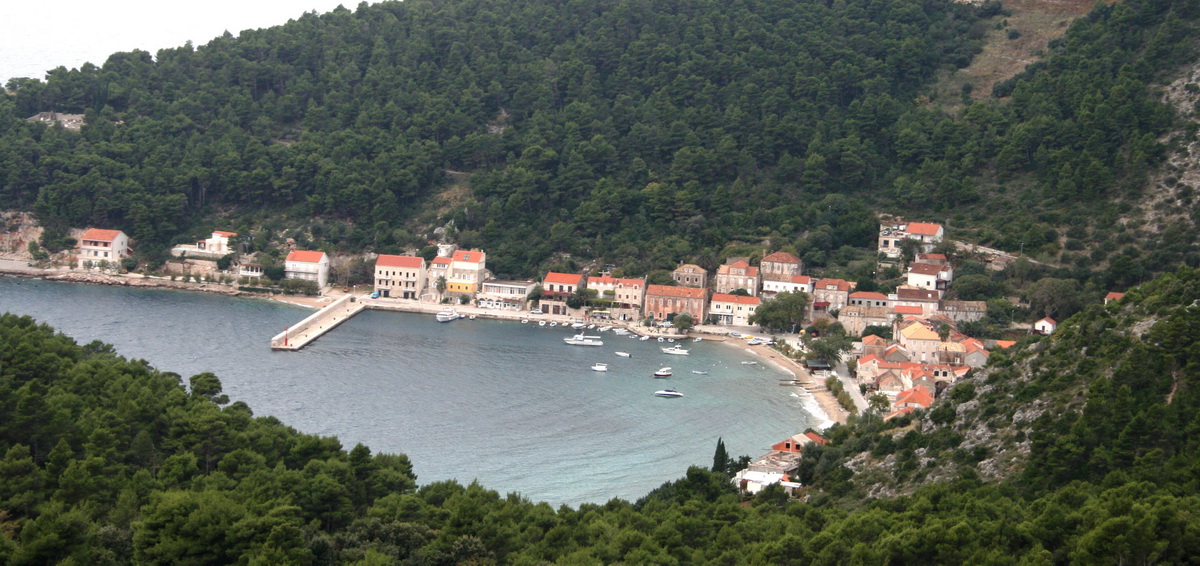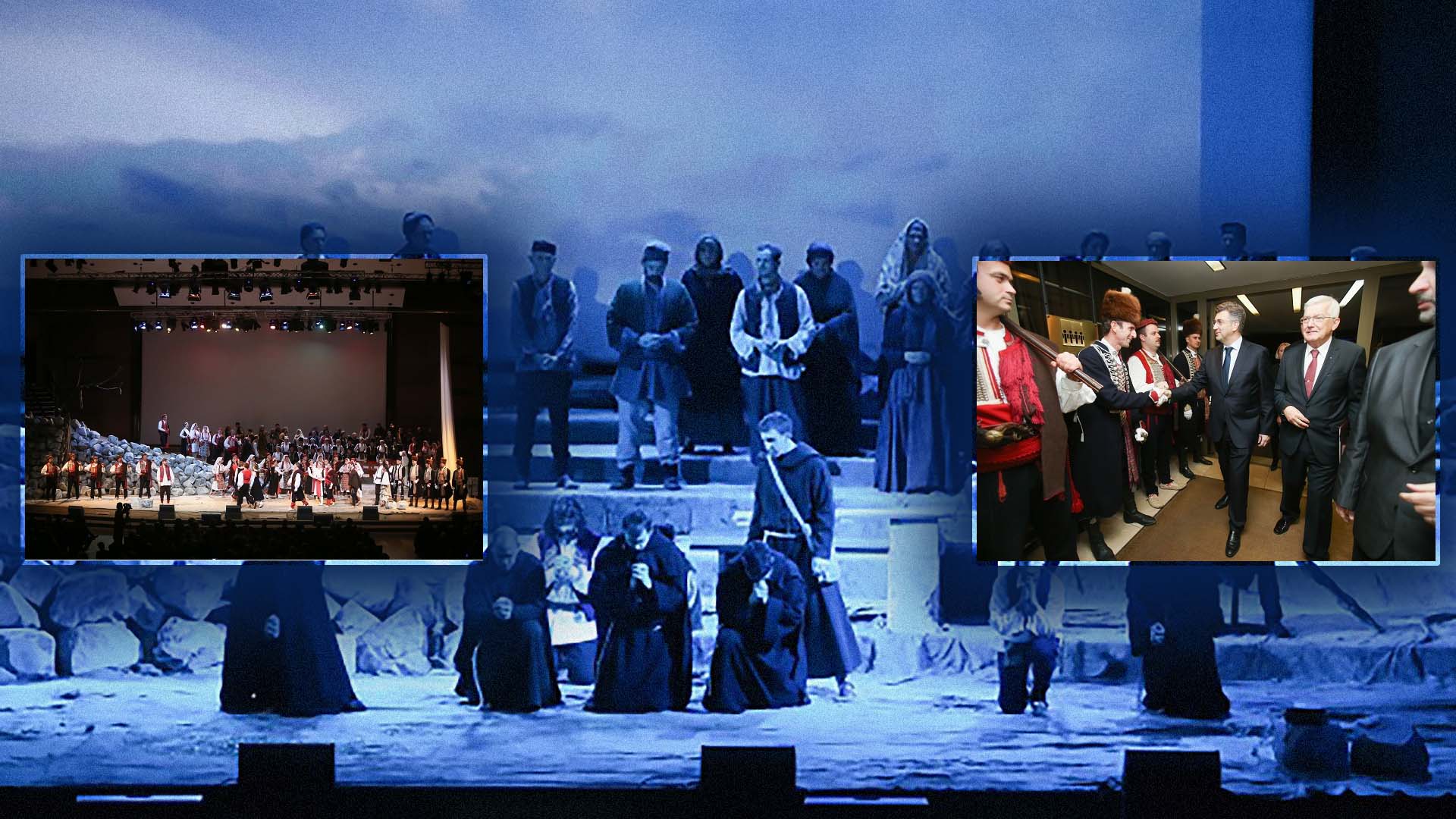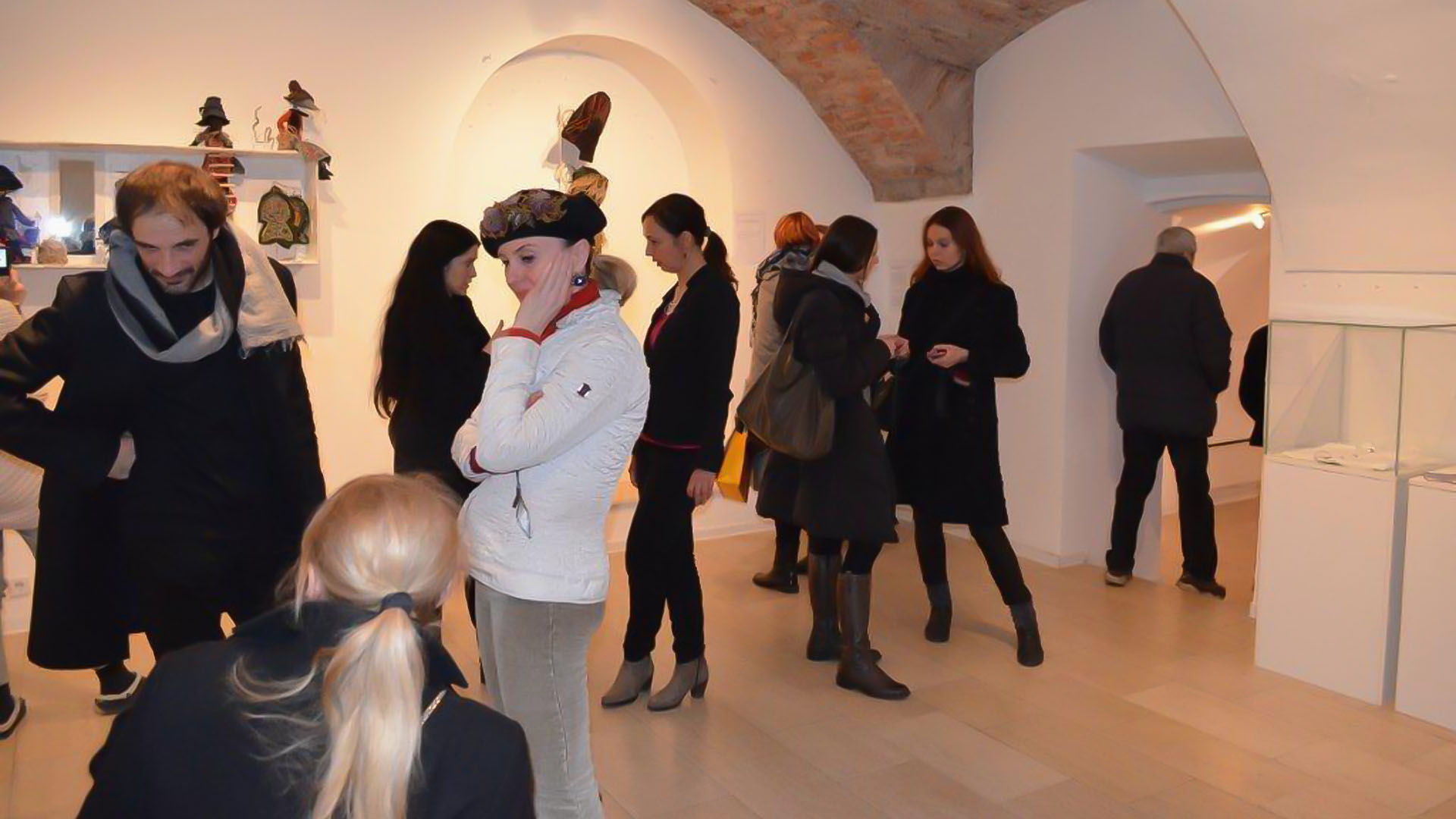Walking alongside the promenade, you’ll come across the Orebić Maritime Museum, established in 1957. If you decide to venture in, you’ll get to experience exhibits of diverse historical materials important for the maritime industry of Orebić.
The archaeological department consists of antique, mostly Roman, pagan and early Christian objects from everyday life, as well as fragments of art pieces and furniture of pre-Romanesque architectural style churches from the time of conversion of Croats to Christianity. The glass showcases feature fragments of glass bottles and wall paintings, bronze objects, Byzantine and medieval coins and other small object for church, domestic and fishing use which were found among the ruins on the island of Majsan, dating back to the olden days up to the 11th century. These belonged to a pagan villa, an early medieval convent and church.
The Museum also displays paintings of Pelješac sailboats, tools, weapons, atlases, nautical books and textbooks, health and travel documents, pharmacy, medals and paintings of seafarers, documents, regulations, list of members, voyage sections and the Regulation of Insurance of Seafarers of the Pelješac Maritime Association. You’ll also come across maritime equipment, figureheads, balls made of ship rope for seafarer entertainment, carpenter tools that belonged to shipbuilders of the short-lived communal shipyard established in Orebić in 1875, with its Neo-Baroque columns and gates still standing tall by the side of the road of the area to this day called Škvar. The Museum tells a story of the Pelješac Maritime Association from 1855 to 1891 which dissolved when more powerful steamer ships came into existence.
.
Orebić Maritime Museum

 Zagreb Jazz Festival s četiri sjajna svjetska imena bit će vrhunac sezone
Zagreb Jazz Festival s četiri sjajna svjetska imena bit će vrhunac sezone Spektakularna izvedba „Mirakula” u Zagrebu
Spektakularna izvedba „Mirakula” u Zagrebu Ravnatelji na stručnom usavršavanju
Ravnatelji na stručnom usavršavanju Izložba Art Eco / Višak u galeriji ULUPUH
Izložba Art Eco / Višak u galeriji ULUPUH